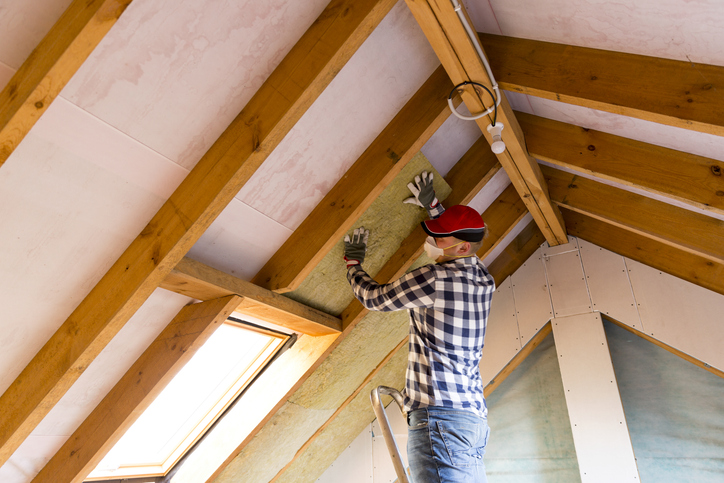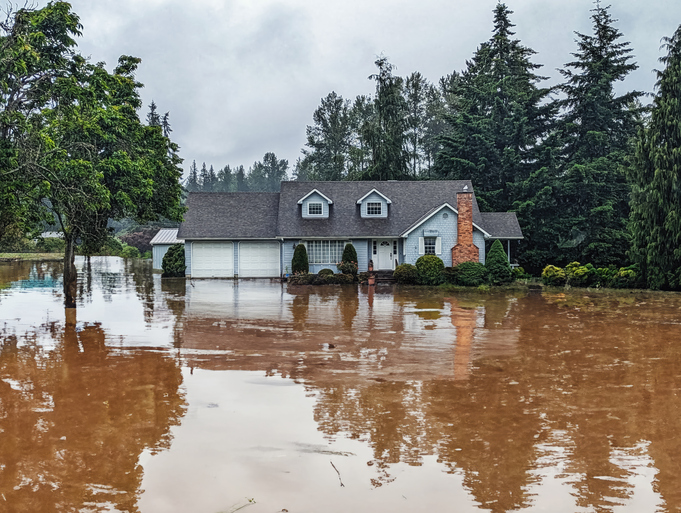
Many homeowners do not go into their attics on a regular basis, which makes a yearly attic inspection an important part of their home maintenance checklist. Checking for issues with attic insulation is especially crucial, and these issues can often go unnoticed until they become a bigger problem. Havelock Wool CEO Andrew Legge shares insights here on the importance of inspections and how to conduct them yourself.
Why is it important to inspect attic insulation?
“Insulation in the attic is highly responsible for keeping your home energy-efficient, safe and comfortable. The insulation acts as a barrier between your living space and the outside. Compromised insulation may lead to higher energy bills, moisture problems and even health issues,” says Legge.
“Generally, conventional insulation should be changed after 15-20 years,” he adds. “Early detection by an annual check can save from potentially costly repairs later on.”
He notes that spring is a great time to check on the integrity of your attic insulation.
How do I know if my attic insulation needs attention?
Legge shares seven warning signs that could indicate bigger problems:
- Water damage, whether from leaks or excess moisture.
- Mold growth. Even when mold isn’t visible, a musty smell can give it away.
- Temperature imbalance. A too-hot, too-cold or drafty home may indicate decaying insulation.
- Increased heating and cooling expenses. Likewise, a surge in energy expenses can point to insulation that isn’t working properly.
- Infestations, including scratching sounds, droppings or small holes in your insulation. Infestations can breed bacteria, give off odors and affect energy efficiency.
- Severe weather damage. Insulation in the attic can be compromised by storms, strong winds and house fires.
- Insulation getting old. Over time, insulation deteriorates and loses its effectiveness. Homes over 15 years old may need their first insulation replacements.
How do I perform an attic insulation check?
If you can safely access your attic and feel comfortable inspecting it yourself, Legge recommends following these four steps:
- Check for visible damage like mold, water stains or signs of a pest infestation.
- Check the insulation thickness. If the measurements are below the recommended level for your type of insulation, it may be time for a replacement.
- Check for drafts by feeling the temperature differences in various areas of your home. An infrared thermometer can help detect temperature variance.
- Assess moisture levels. If the attic feels damp or humid, it could indicate ventilation or insulation issues.
“Annual inspection of attic insulation is one of the easiest and most effect ways to avoid costly repairs, improve energy efficiency and ensure comfort within the home,” Legge concludes. “If you catch any warning signs, addressing them quickly can save money and help preserve the integrity of your home.”
Topics
Member Discussion
Recent Articles
-
Weeding Through the Rules on Medical Marijuana
- March 28, 2025
- 5 min. read
Regulated use of medical marijuana has been available in Pennsylvania since 2018, and questions about its use have been brought to the Legal Hotline from the start.
-
Flood Insurance Enrollment Down 2.5% in Pa.
- March 27, 2025
- 3 min. read
Although flooding is the most common and expensive natural disaster, 96.3% of U.S. households don’t have flood insurance, and flood insurance enrollment in Pennsylvania fell 2.5% last year.
-
Price Gap Between New and Existing Homes Shrinking
- March 25, 2025
- 2 min. read
In Q4 of 2024, the median price for a new single-family home was $419,200, only $9,100 more than the median price of an existing single-family home ($410,100).
Daily Emails
You’ll be the first to know about real estate trends and various legal happenings. Stay up-to-date by subscribing to JustListed.



